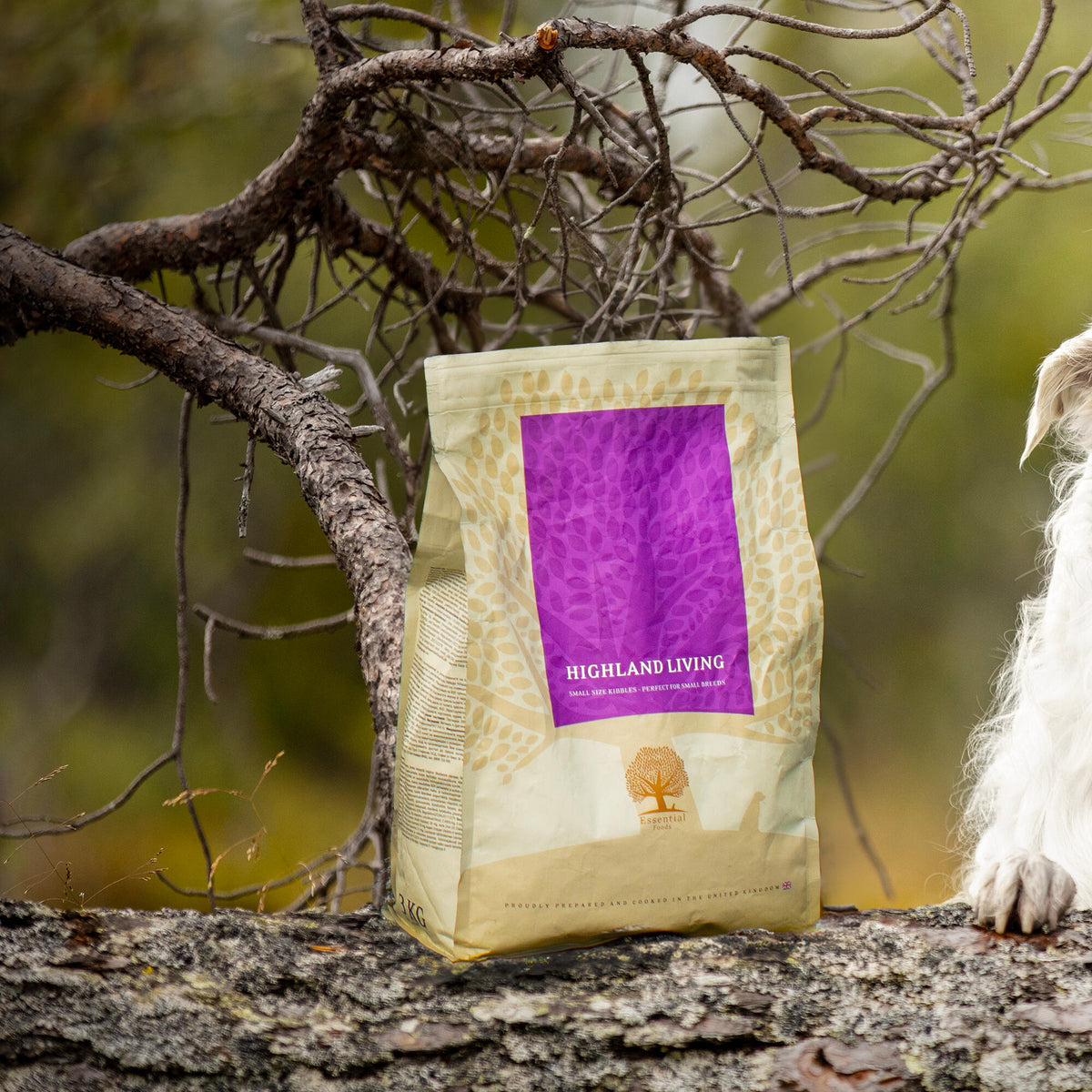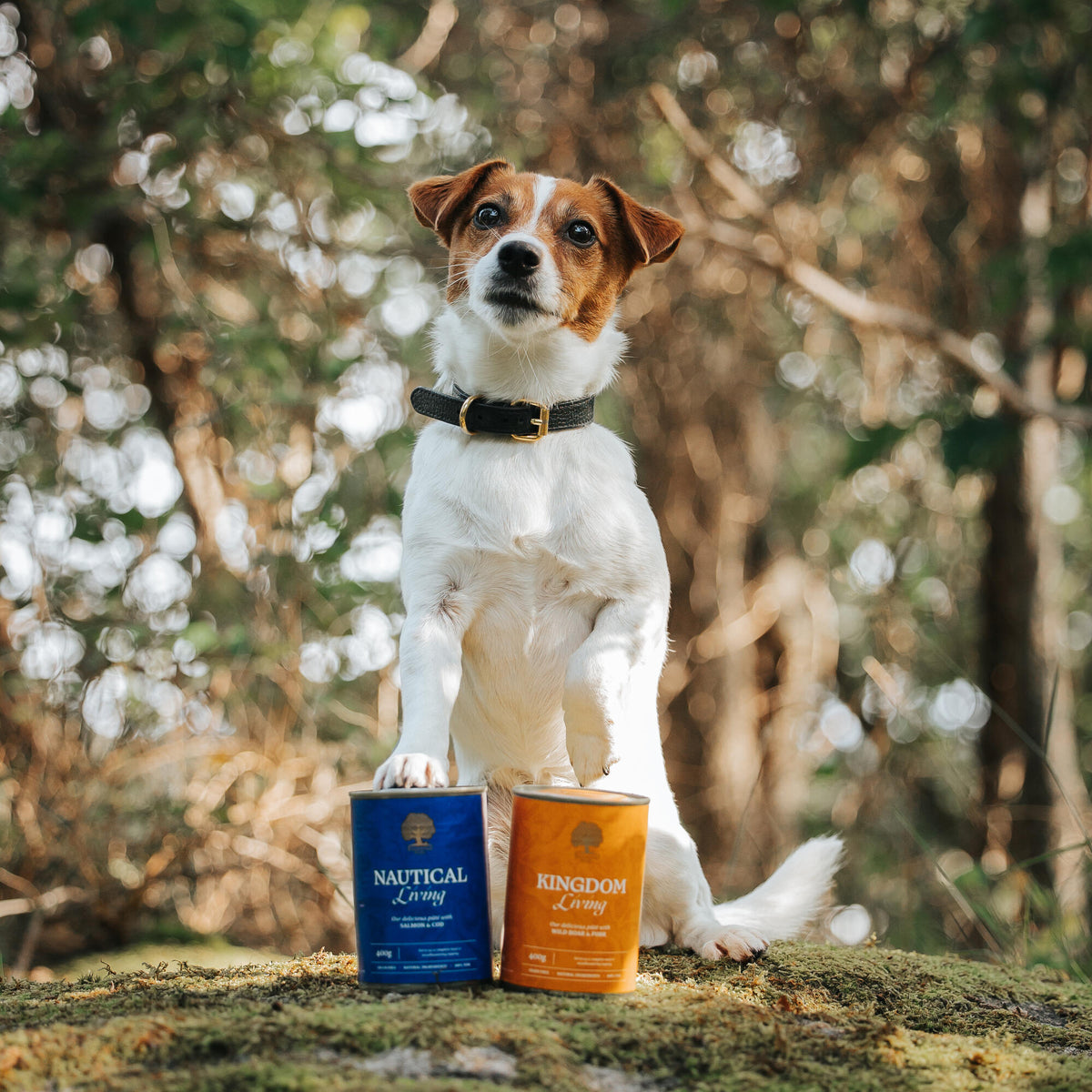Your Cart is Empty

Introducing dry food into your dog's diet can be a challenge, especially if your dog is a picky eater. However, with the right approach and understanding of your dog's preferences, you can successfully transition them to dry food. In this guide, we'll explore effective techniques for encouraging your dog to eat dry food while highlighting the importance of grain-free dog food, natural dog food, and puppy food in canine nutrition. By the end, you'll be equipped with the knowledge and tools to make mealtime a positive experience for your dog.
Before implementing any changes to your dog's diet, it's essential to understand their individual preferences and dietary habits. Some dogs may have specific taste preferences or texture aversions that influence their food choices. By observing your dog's behavior and preferences during mealtime, you can gain valuable insights into their likes and dislikes, helping you tailor their diet accordingly.
When introducing dry food to your dog, it's essential to do so gradually to avoid digestive upset or refusal. Start by mixing small amounts of dry dog food with your dog's current diet, gradually increasing the proportion of dry dog food over several days to weeks. This slow transition allows your dog to acclimate to the new food gradually, increasing the likelihood of acceptance.
Enhancing PalatabilityTo make dry dog food more appealing to your dog, consider adding some moisture or flavor enhancements. Mixing the dry food with warm water or low-sodium broth can soften the kibble and enhance its aroma, making it more enticing to picky eaters. Additionally, incorporating small amounts of wet food or healthy toppings like cooked meat or vegetables can add variety and flavor to your dog's meal.
Establishing a RoutineConsistency is key when it comes to encouraging your dog to eat dry dog food. Establishing a regular feeding schedule and sticking to it can help create a sense of routine and predictability for your dog. By offering meals at consistent times each day and removing any uneaten food after a set period, you can encourage your dog to eat when food is offered, reducing picky eating behavior.
Grain-free dog food offers several potential benefits for dogs, including improved digestibility and reduced risk of food allergies or sensitivities. By eliminating grains like wheat, corn, and soy, grain-free dog food focuses on high-quality protein sources and natural ingredients, providing dogs with a nutritionally balanced diet that supports overall health and wellbeing.
Embracing Natural Dog FoodNatural dog food prioritizes whole, minimally processed ingredients, free from artificial additives, preservatives, and fillers. By opting for natural dog food, you can provide your dog with a diet that closely resembles what their ancestors would have eaten in the wild. Natural formulations offer essential nutrients and support optimal health, making them an excellent choice for discerning pet parents.
Catering to Growing Pups with Puppy FoodPuppy food is specifically formulated to meet the unique nutritional needs of growing puppies, supporting healthy development and growth. With higher protein, fat, and calorie content than adult dog food, puppy formulations provide the essential nutrients puppies need for proper growth and development.
Encouraging your dog to eat dry dog food can be achieved with patience, consistency, and a good understanding of your dog's preferences. By gradually introducing dry dog food, enhancing its palatability, and establishing a regular feeding routine, you can help your dog transition to a dry food diet successfully. Additionally, prioritizing high-quality options like grain-free dog food, natural dog food, and puppy food ensures that your dog receives the nutrition they need to thrive at every stage of life.
Yes, most dogs can eat dry food, but some may require a gradual transition or special considerations due to dietary preferences or health issues.
You can make dry food more appealing to your dog by mixing it with warm water or low-sodium broth, adding wet food or healthy toppings, and establishing a consistent feeding routine.
Yes, you can mix dry food with wet food to enhance its palatability and provide your dog with added moisture and variety in their diet.
To establish a feeding routine for your dog, offer meals at consistent times each day, remove any uneaten food after a set period, and avoid free-feeding or leaving food out throughout the day.


